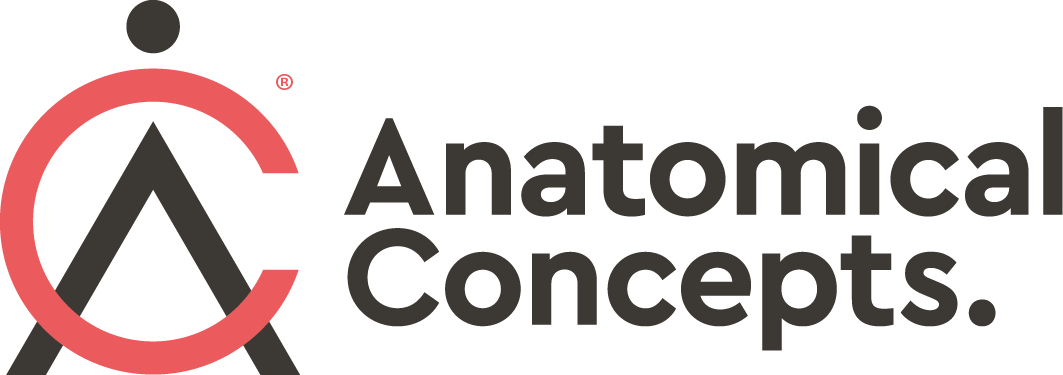Articles
Filter by Topic
- Adaptive Sport 1
- Artificial Intelligence 1
- Bike Labyrinth 3
- Bone density 1
- Brachial Plexus 1
- Bridging the Gap 1
- Bridging the Gap 1
- Carbonhand 4
- Cardiovascular 1
- Client Stories 4
- Cognition 1
- Company Updates 3
- Decision Making 1
- Dementia 1
- Denervation 21
- Diabetic Foot 12
- Efficiency 1
- Electrotherapy 27
- Exercise Benefits 28
- FES Cycling 12
- Fatigue 1
- Functional Electrical Stimulation (FES) 57
- Gait 2
- Goal Setting 5
- Grip 3
- Healthspan 2
- Indego 13
- Lifestyle 8
- Lower Motor Neuron 1
- Mobility 17
- Motivation 2
- NMES 2
- Nerve injury 1
- NexStride 1
- Occupational Therapy 1
- Orthotic 15
- PRAFO 22
- Pain 6
- Parkinsons 2
- Pressure Ulcers 10
- Product Updates 7
- RISE Stimulator 9
- Safety 2
- Sponsor 1
- Standing 4
- Stim2Go 3
- Stimulette den2x 5
- Support 1
- TENS 1
- Technology 17
Article Length
- 1 minute read 3
- 10 minute read 9
- 11 minute read 7
- 12 minute read 7
- 15 minute read 8
- 18 minute read 1
- 19 minute read 1
- 2 minute read 4
- 26 minute read 1
- 27 minute read 1
- 28 minute read 1
- 3 minutes read 9
- 4 minute read 34
- 5 Minute read 12
- 6 minute read 6
- 7 minute read 14
- 8 minute read 6
- 9 minute read 3
- FES 2
- FoG 1
- PRAFO 1
- Seven Minute Read 1
- awareness 1
- carbonhand 2
- cognitive 1
- cues 1
- freezing gait 1
- freezing of gait 1
- gait 1
- neurological 1
- neuroplasticity 1
- nexstride 2
- occupational therapy 1
- occupational therapy day 1
- orthopaedics 1
- orthotic 1
- parkinson's 1
- pressure 1
- pressure relief 1
- prevention 1
- rehabilitation 2
- stroke 1
- ulcers 1
- world stroke day 1
Spinal cord injury contracture correction
Contractures, or reduced joint mobility, are a common problem associated with spinal cord injury. Depending on the level of injury, we can often anticipate the muscle, tissues and joints at risk and ideally focus on prevention. From experience, prevention is always better than trying to manage these problems once a contracture is established. Research evidence is lacking when it comes to the effectiveness of passive stretching. Studies are few and usually focus on short durations of stretching. We suggest orthotic interventions have a place here - particularly when dynamic stretch can be used.
What percentage of stroke patients make a full recovery?
Stroke can be a devastating and life-altering condition that affects a significant number of individuals each year. It can cause permanent damage to the brain, leading to long-term health consequences for patients, their families, and caregivers. As healthcare professionals, it's important for us to understand the recovery rate for stroke patients so that we can educate patients and their families on the outcomes they may expect. In this blog, we'll explore what percentage of stroke patients make a full recovery, what factors affect recovery, and what healthcare professionals can do to help patients achieve the best possible outcomes.
Choosing Heel Protection Products
Pressure ulcers have been a serious healthcare issue for many decades. In fact, today, the NHS spends some £1.4m per day in dealing with them and of course this does not sum up the total economic and emotional cost. Pressure ulcers are often thought of as preventable and even a “failure of care” but they are a result of many factors both mechanical and medical and this complexity is perhaps the reason why we so often see them.
The PRAFO range of ankle foot orthoses have evolved to be popular and effective devices for the prevention and treatment of pressure ulcers at the heel area of vulnerable individuals.
What can I do to help denervated muscles?
Skeletal muscle denervation is caused by damage or injury to the nerves that supply a muscle. This can occur as a result of a number of different conditions, including trauma to the spine or a peripheral nerve. Denervation can also result from infection, inflammation, and certain medical procedures. In some cases, denervated skeletal muscle may be caused by diseases that affect the nerves, such as amyotrophic lateral sclerosis (ALS) or Guillain-Barré syndrome. Denervation can also occur as a complication of surgery, such as when a nerve is accidentally damaged during an operation.
Muscles can recover from denervation, despite the loss of nerve supply to a muscle. Sometimes this recovery happens with little intervention necessary. At Anatomical Concepts we are typically working with individuals where some intervention is indicated.
What is neuroplasticity and why should I care?
When thinking about this article I happened to be playing with a new AI (artificial intelligence), natural language, tool. There is a lot of buzz around AI (at the moment and it’s application to many sectors including healthcare. So I thought I would ask it a question - “What is neuroplasticity?”. The following is the answer I got - which I think is pretty impressive.
Dont Back Down: A new book
Company director Derek Jones has a few years (actually decades) of experience working face to face with people following a spinal cord injury. His new book is aimed at newly injured persons and titled “Dont Back Down: Your guide to living well with a spinal cord injury”. It’s now available on Amazon as a paperback and Kindle book.
The content is a broad ranging and empowering guide to getting life back on track after a spinal cord injury.






